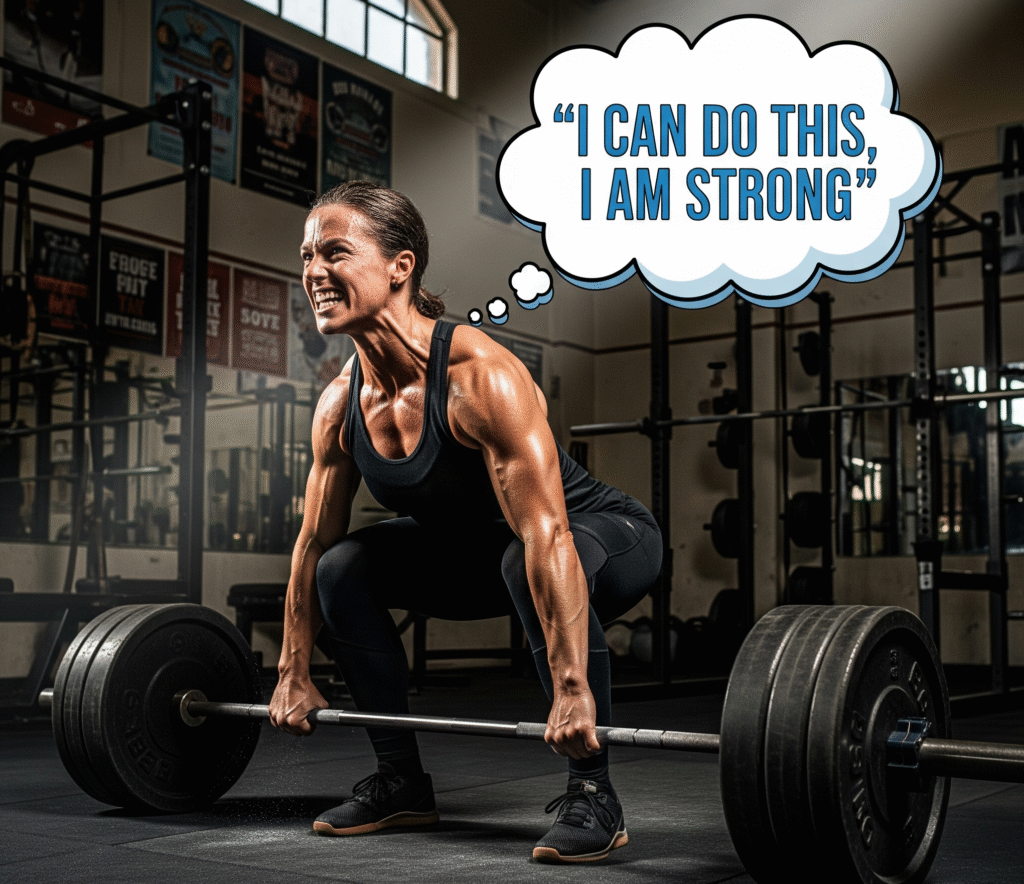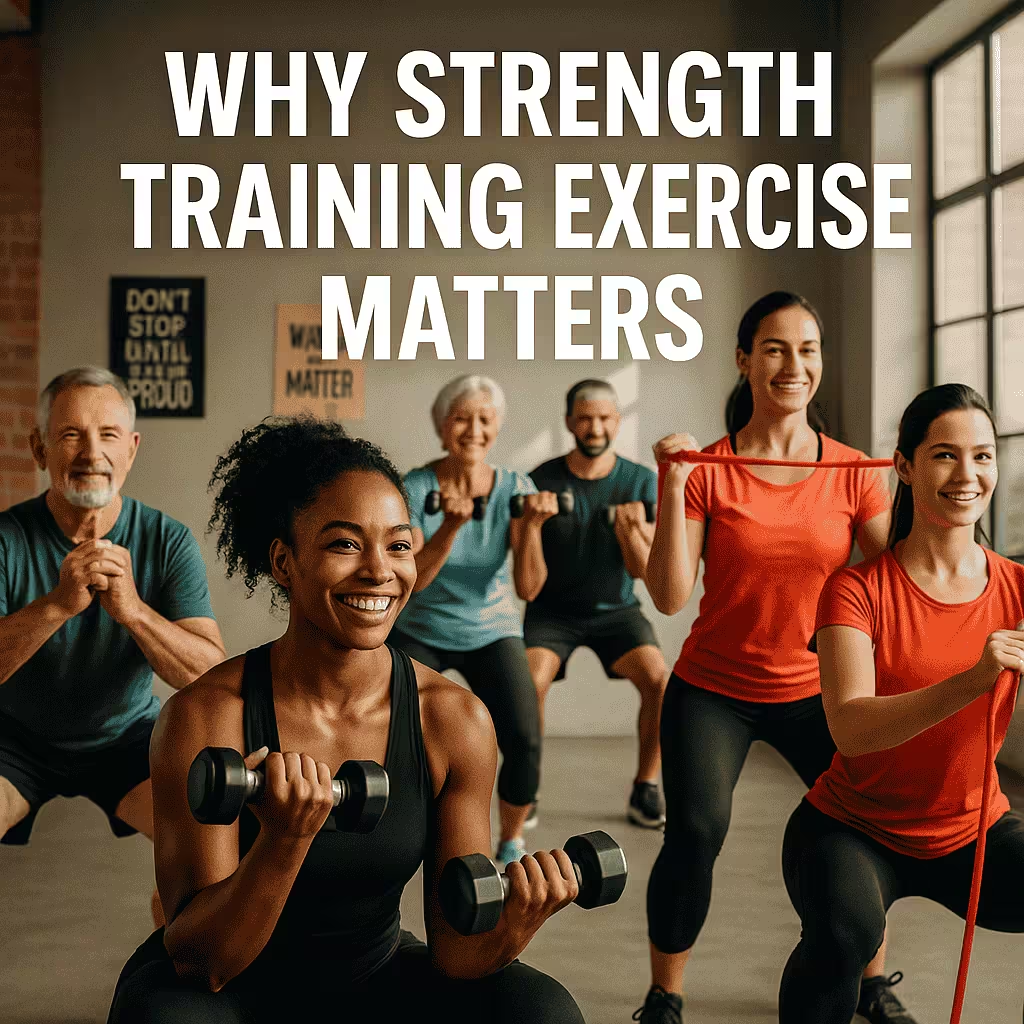what is hiit workouts
Ultimate Guide to What Is HIIT Workouts Hey there! Have you heard about HIIT workouts but aren’t sure what they are? Don’t worry—this guide will break it down for you! HIIT stands for High-Intensity Interval Training, and it’s a super fun and fast way to get fit. Whether you’re new to exercise or a gym pro, this article explains what HIIT workouts are, why they’re awesome, and how you can try them. Let’s dive in! What Is a HIIT Workout and How Does It Work? So, what is a workout? It’s a type of exercise where you do short bursts of super intense moves, like sprinting or jumping, followed by short rests or easy moves. For example, you might run as fast as you can for 30 seconds, then walk for 30 seconds, and repeat. This mix of hard work and rest gets your heart pumping and burns calories fast. Unlike jogging for an hour, HIIT workouts are quick—sometimes just 15 minutes! They work because you push your body hard, which keeps burning fat even after you’re done, thanks to something called the “ effect.”repbolt Why Are HIIT Workouts So Great? HIIT workouts are popular because they’re quick and effective. Here’s why they rock: Saves Time: A 20-minute HIIT session can be as good as an hour of regular exercise. Burns Fat: They help you lose weight, especially if you’re carrying extra pounds. Builds Muscle: Some HIIT moves, like push-ups, can make you stronger. Boosts Health: They lower blood sugar, improve heart health, and reduce stress. Fun and Flexible: You can do HIIT with running, biking, or even bodyweight moves like jumping jacks. Unlike regular workouts, HIIT keeps your body guessing, so you don’t get bored. Plus, it’s great for your brain, helping you feel happier and more focused for school! Warming Up and Cooling Down for HIIT Workouts Before you start a HIIT workout, you need to warm up to get your body ready. Do 5-10 minutes of light stuff like jogging in place, jumping jacks, or stretching your arms and legs. This wakes up your muscles and prevents injuries. After your workout, cool down with 5 minutes of slow walking or stretching to help your body relax and recover faster. Skipping these steps can make you sore or hurt, so don’t skip them! Beginner HIIT Workout Plan If you’re new to exercise, start with this easy 15-minute HIIT workout. Do each move for 30 seconds, then rest for 30 seconds. Repeat 3 times. Exercise How to Do It Jumping Jacks Jump, spread legs, raise arms, then jump back. Push-Ups From a plank, lower chest to ground, push up. Squats Bend knees, sit back like in a chair, stand up. Mountain Climbers In plank, pull knees to chest like running. Burpees Squat, plank, push-up, jump up. Tips: Go slow at first, focus on doing the moves right, and rest if you feel too tired. Do this 2-3 times a week with a day off between. Intermediate HIIT Workout Plan If you’ve been exercising for a while, try this 20-minute plan. Do each move for 40 seconds, rest for 20 seconds, and repeat 4 times. Exercise How to Do It Jump Squats Squat, then jump high, land softly. Wide Push-Ups Hands wider than shoulders, lower, push up. High Knees Run in place, lift knees high. Plank Shoulder Taps In plank, tap opposite shoulder with one hand. Burpee with Tuck Jump Burpee, then jump with knees to chest. Tips: Push hard but keep good form. Do this 3-4 times a week, resting between sessions. Advanced HIIT Workout Plan For gym pros, this 30-minute plan is intense! Do each move for 45 seconds, rest for 15 seconds, and repeat 5 times. Exercise How to Do It Box Jumps Jump onto a sturdy box, step down. Plyometric Push-Ups Push up so hands lift off ground. Sprints Run as fast as you can. Bicycle Crunches Lie down, pedal legs, touch elbow to knee. Lateral Bounds Jump side to side, land softly. Tips: Stay hydrated and don’t overdo it. Try this 4-5 times a week with rest days. Common Mistakes to Avoid in HIIT Workouts Don’t mess up your HIIT workouts! Here are things to watch out for: Bad Form: Wrong moves can hurt you. Watch videos to learn proper form. Going Too Hard: Start at 80% effort, not 100%, to avoid burnout. Skipping Rest: Rest breaks help you keep going strong. No Warm-Up: Always warm up to stay safe. Ignoring Your Body: If you’re sore or tired, take a break or do easier moves. Nutrition and Recovery Tips for HIIT Workouts To make HIIT workouts work better, eat right! Have protein (like eggs or chicken) after your workout to help muscles grow. Eat carbs (like rice or bread) for energy and veggies for health. Drink water all day to stay hydrated. Sleep 7-8 hours to let your body recover. On rest days, try light stretching or walking to keep loose without pushing too hard. FAQs on What Is HIIT Workouts What is a HIIT workout for beginners? It’s a short workout with intense moves like squats and rest breaks, done 2-3 times a week. How often should I do HIIT workouts? Beginners do 2-3 times, pros can do 4-5 times, with rest days. Can HIIT workouts build muscle? Beginners do 2-3 times, pros can do 4-5 times, with rest days. Facebook Linkedin Youtube

